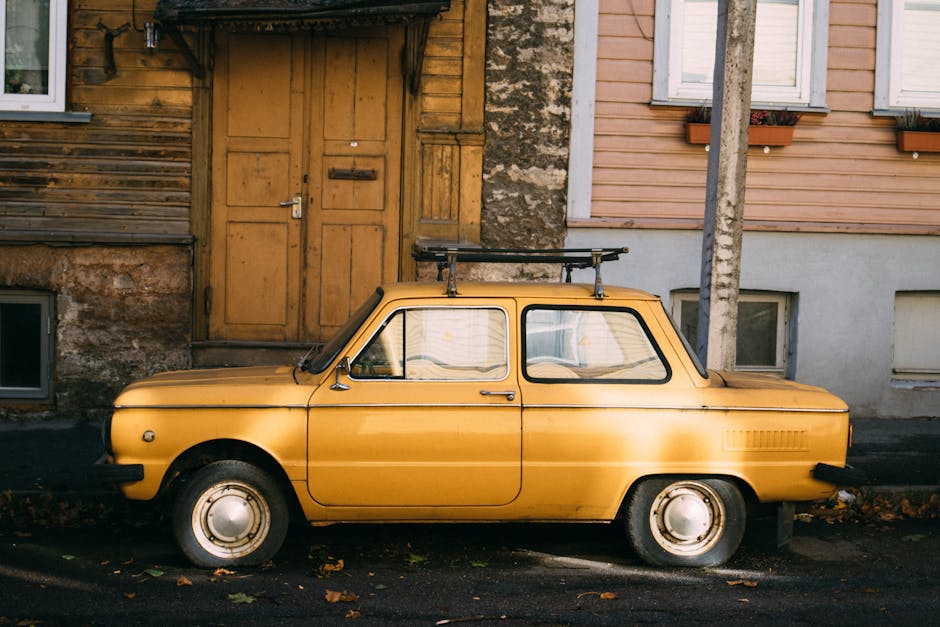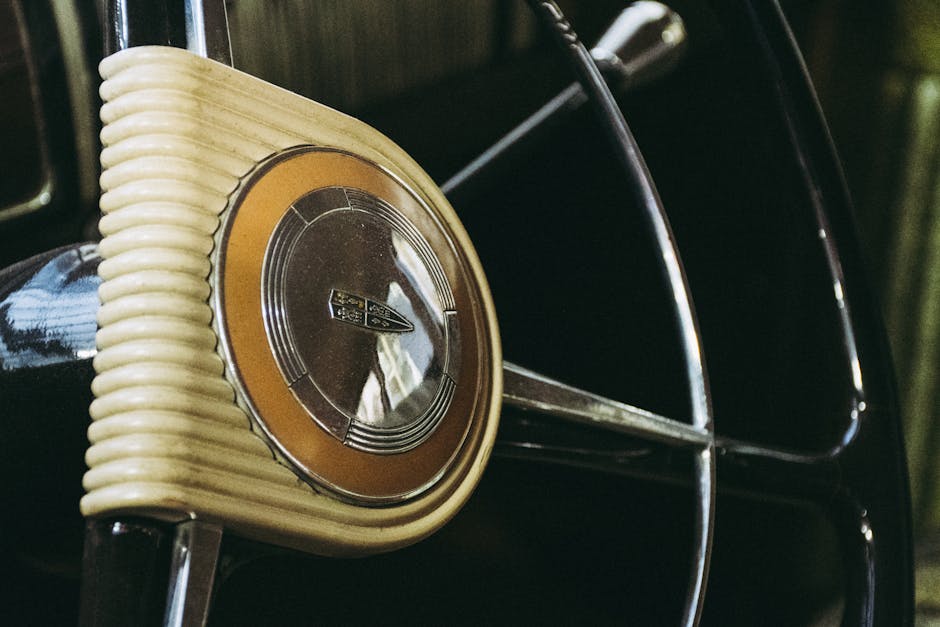A Beginners Guide to Routine Maintenance on Antique Vehicles

Antique vehicles hold a special place in the hearts of car enthusiasts, offering a tangible connection to the past and a showcase of automotive history. However, maintaining these classic cars requires a specific set of skills and knowledge to ensure they remain in pristine condition. For beginners, understanding the basics of routine maintenance on antique vehicles can seem daunting, but with the right guidance and approach, it becomes manageable and rewarding.
Understanding Your Antique Vehicle
Before diving into the specifics of maintenance, it's crucial to understand your antique vehicle's unique characteristics. Antique cars, typically defined as vehicles over 45 years old, often have different mechanical systems compared to modern cars. These differences can include everything from engine design to electrical systems.
One of the first steps is to obtain a comprehensive manual for your specific vehicle model. This manual will provide detailed information about the car's parts and how they work. Additionally, joining a car club or online forum dedicated to your vehicle's make and model can offer valuable insights and support from fellow enthusiasts.
Regularly inspecting your vehicle is also essential. Look for any signs of wear or damage, such as rust spots, fluid leaks, or frayed belts. Early detection of potential issues can save you time and money in the long run.
Essential Routine Maintenance Tasks
Maintaining an antique vehicle involves several routine tasks that are crucial for its longevity and performance. Here are some key areas to focus on:
- Oil Changes: Regular oil changes are vital for keeping the engine running smoothly. Antique vehicles often require more frequent oil changes than modern cars, typically every 1,000 to 3,000 miles.
- Fluid Levels: Check all fluid levels regularly, including coolant, brake fluid, transmission fluid, and power steering fluid. Keeping these fluids at proper levels ensures optimal performance.
- Tire Maintenance: Inspect tires for wear and ensure they are properly inflated. Antique vehicles may require specific tire types that match their original specifications.
Additionally, consider creating a maintenance schedule to keep track of when each task needs to be performed. Consistency is key to preventing issues and prolonging the life of your antique vehicle.
Troubleshooting Common Issues
Even with regular maintenance, antique vehicles can encounter common problems due to their age and design. Being prepared to troubleshoot these issues is an important skill for any classic car owner.
Starting Problems: If your vehicle has difficulty starting, it could be due to issues with the battery, starter motor, or fuel system. Ensure the battery is fully charged and connections are clean. If problems persist, consulting a professional mechanic might be necessary.
Overheating: Overheating can be caused by low coolant levels, a faulty thermostat, or a malfunctioning water pump. Regularly check coolant levels and inspect the cooling system components for any signs of wear or damage.
Brake Issues: Brake problems can range from squeaking sounds to reduced braking efficiency. Regularly inspect brake pads and rotors for wear and replace them as needed. Also, ensure brake fluid levels are adequate.
Sourcing Parts and Professional Help
Finding replacement parts for antique vehicles can be challenging due to their age and rarity. However, there are several avenues you can explore:
- Specialty Suppliers: Many companies specialize in manufacturing or sourcing parts for antique vehicles. Websites like Hagerty offer resources for finding reputable suppliers.
- Car Shows and Swap Meets: Attending car shows and swap meets can provide opportunities to find rare parts and connect with other collectors who may have spare parts available for sale or trade.
- Online Marketplaces: Platforms like eBay often have listings for antique car parts. Always verify the authenticity and condition of parts before purchasing.
If you encounter complex issues beyond your expertise, seeking help from a professional mechanic with experience in antique vehicles is advisable. They can provide specialized services such as engine rebuilding or electrical system repairs that require advanced skills.
| Maintenance Task | Frequency |
|---|---|
| Oil Change | Every 1,000-3,000 miles |
| Fluid Level Check | Monthly |
| Tire Inspection | Every 6 months |
| Brake Inspection | Every 6 months |
| Coolant Level Check | Monthly |
Caring for Your Antique Vehicle's Appearance
The exterior appearance of an antique vehicle is just as important as its mechanical condition. Maintaining the paintwork, chrome details, and interior upholstery requires special care.
Paint Care: Regular washing and waxing help protect the paint from environmental damage such as UV rays and pollutants. Use products specifically designed for classic cars to avoid damaging the paintwork.
Chrome Maintenance: Chrome parts should be cleaned with non-abrasive cleaners to prevent scratching. Polishing chrome regularly will keep it shiny and free from rust.
Interior Care:: The interior should be kept clean using products suited for vintage materials like leather or fabric seats. Avoid harsh chemicals that might degrade these materials over time.
Caring for an antique vehicle goes beyond simple maintenance; it’s about preserving history and enjoying a piece of automotive heritage. By understanding your vehicle’s unique needs, performing regular maintenance tasks diligently , troubleshooting common issues proactively , sourcing authentic parts carefully , caring for its appearance properly , you’ll ensure your beloved classic car remains in top condition while providing endless enjoyment .
